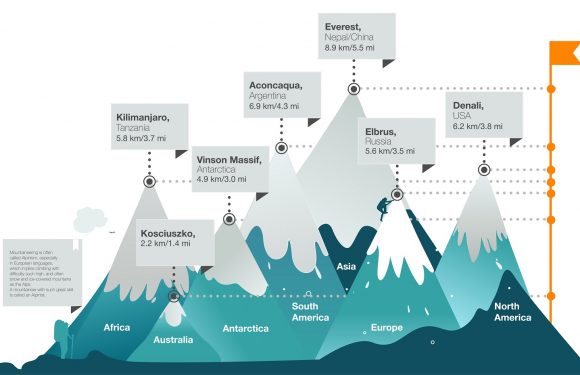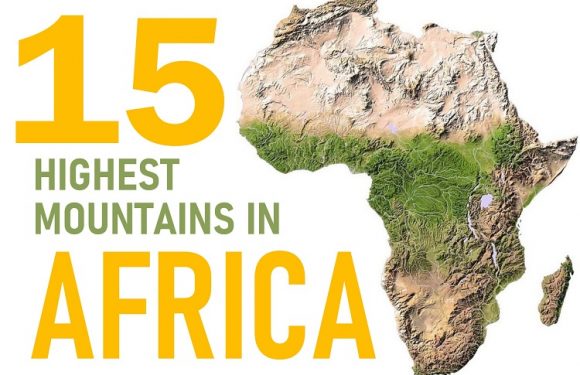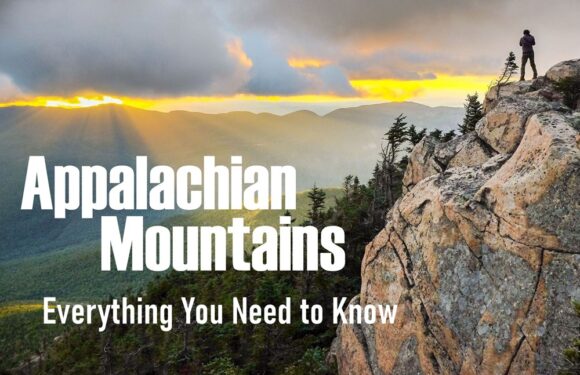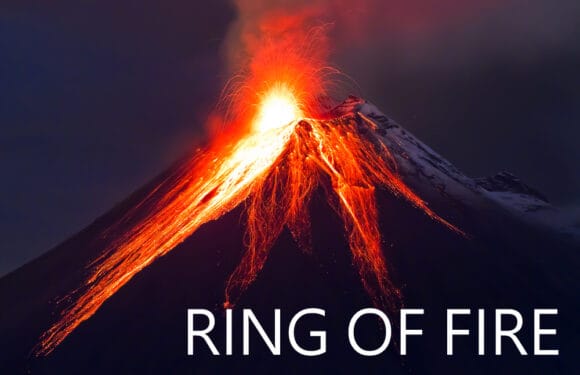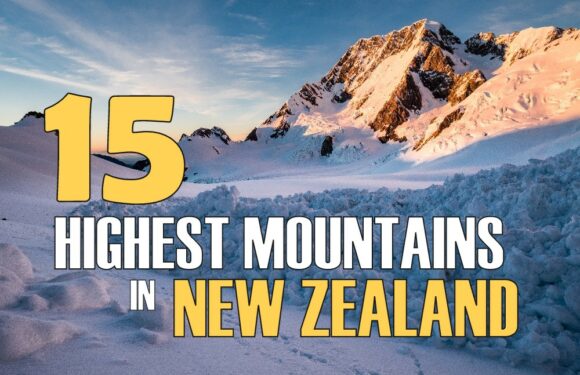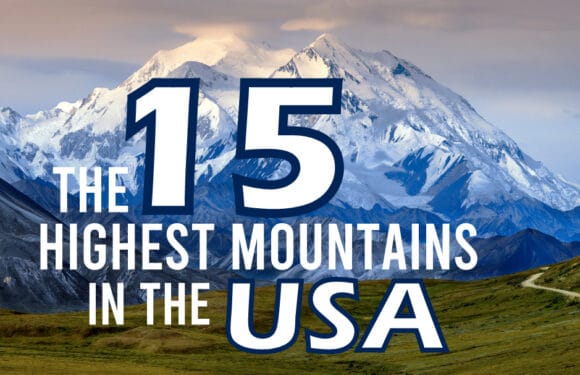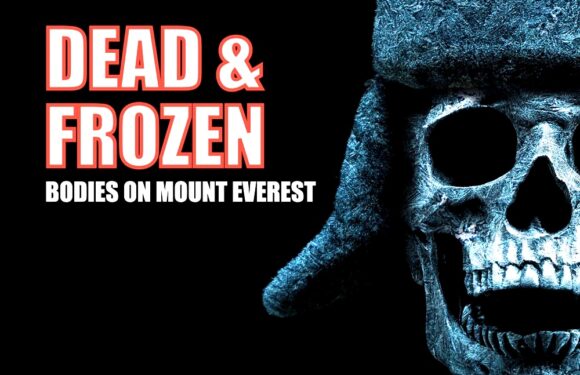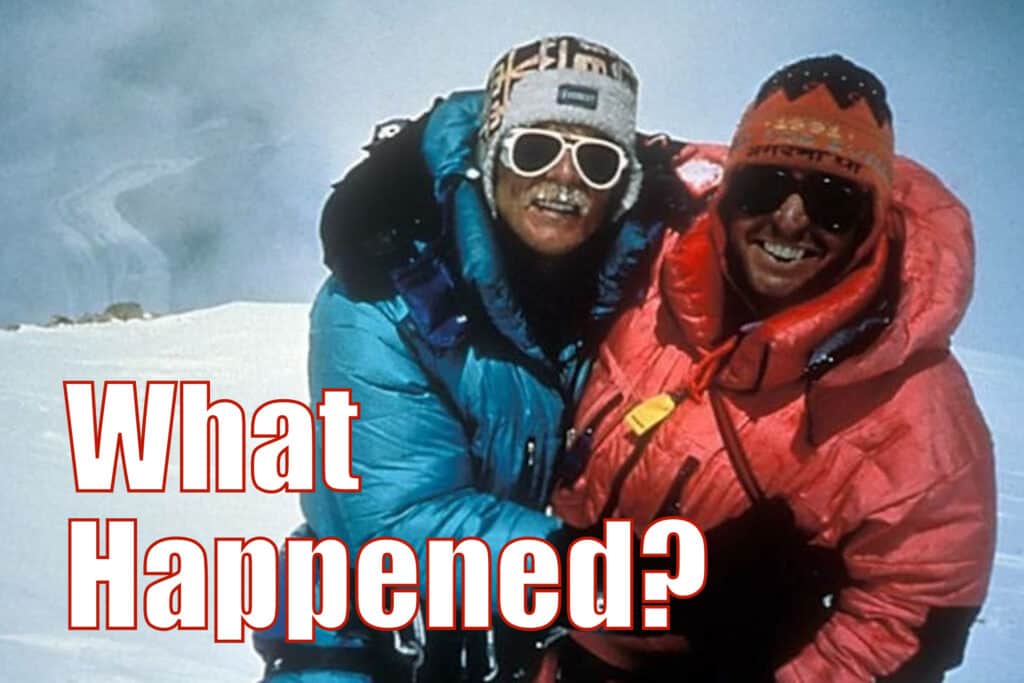
Scott Fischer was an American climber, guide, and founder of Mountain Madness. In 1996, he led a commercial expedition that would become part of one of the most tragic chapters in mountaineering history. This article discusses what ultimately happened on his final climb.
WARNING: This article contains graphic images. Reader discretion is advised.
Early Achievements
Born on December 24, 1955, Scott Fischer’s fascination with the mountains began in his teenage years. He and his father watched a documentary about the National Outdoor Leadership School (NOLS) in 1970. The film showcased the rugged beauty of Wyoming’s Wind River Range and the challenges of outdoor leadership and survival. Fischer was so inspired that he enrolled in a NOLS course. He began to pursue climbing more seriously, gradually building his skills and experience in the mountains.
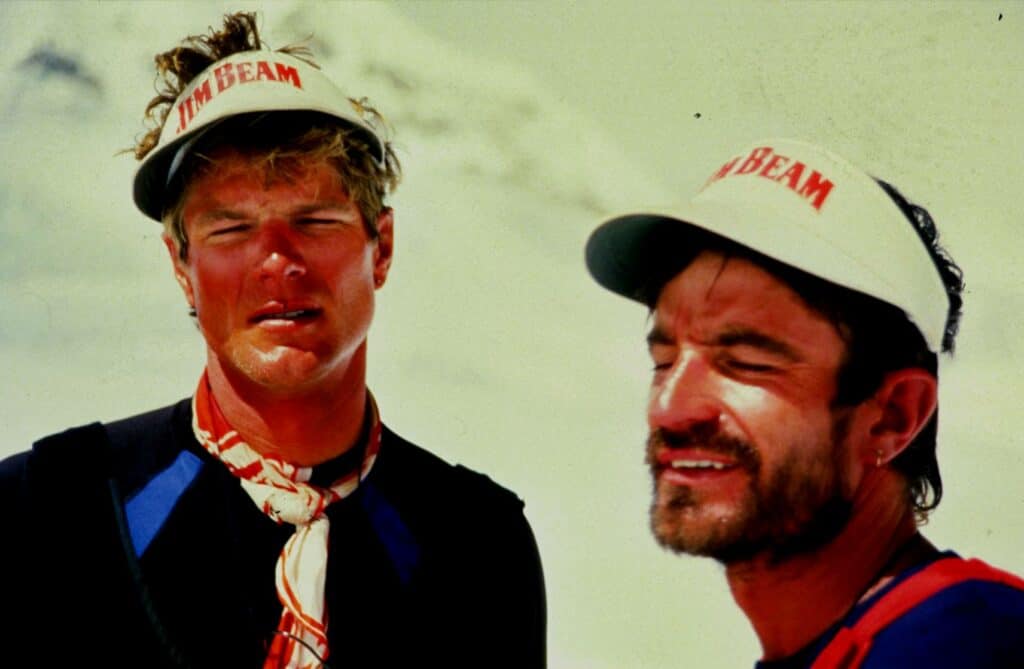
Fischer spent a significant amount of time honing his craft in various mountain ranges across the United States, especially in the Rockies and the Cascades. He established himself as a skilled climber on the international stage. In 1990, he was part of the first American team to summit Lhotse, the world’s fourth highest mountain. In 1992, he climbed K2, the world’s second highest peak, without the use of supplemental oxygen.
Mountain Madness
In 1984, Fischer, alongside Wes Krause, founded Mountain Madness, a guide company. This venture marked the transition of his passion into a profession. There, he successfully led numerous expeditions around the world, including his first summit of Mount Everest in 1994.
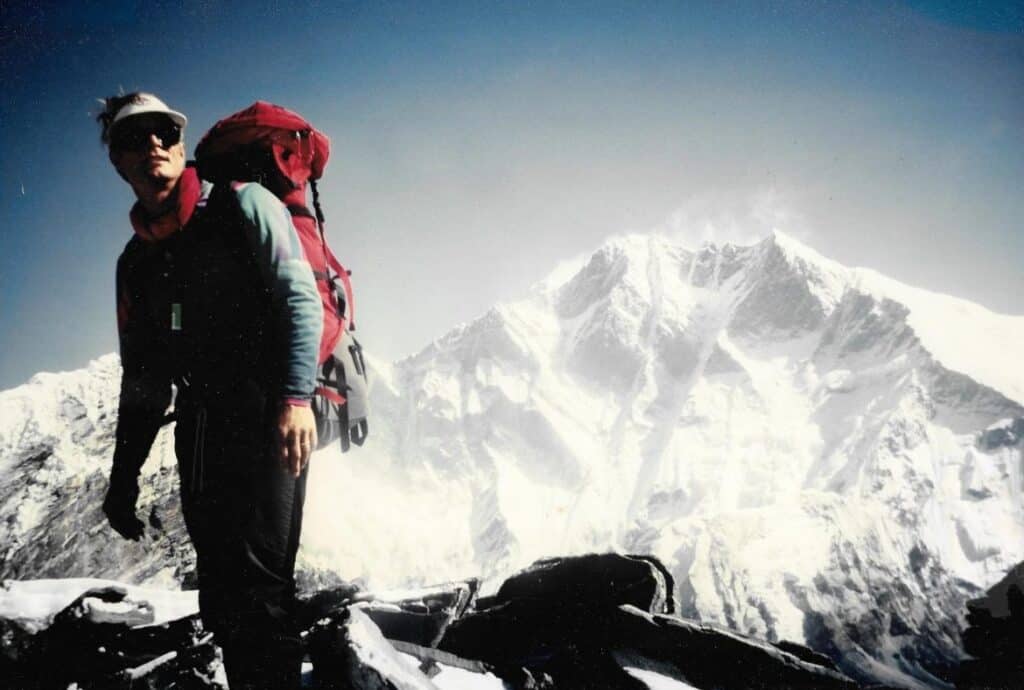
Fischer was a visionary, seeing mountain guiding as a conduit for personal transformation and growth. His charisma and inclusive leadership style drew clients from all walks of life, aiming not just to summit but to learn about oneself.
1996 Everest Expedition
Fischer’s Everest expedition in the spring of 1996 is one of the most well-documented and tragic events in the history of mountaineering. His expedition was a commercial operation through his company, Mountain Madness. The team consisted of 19 people, including 3 guides, 8 clients, and 8 Sherpa.
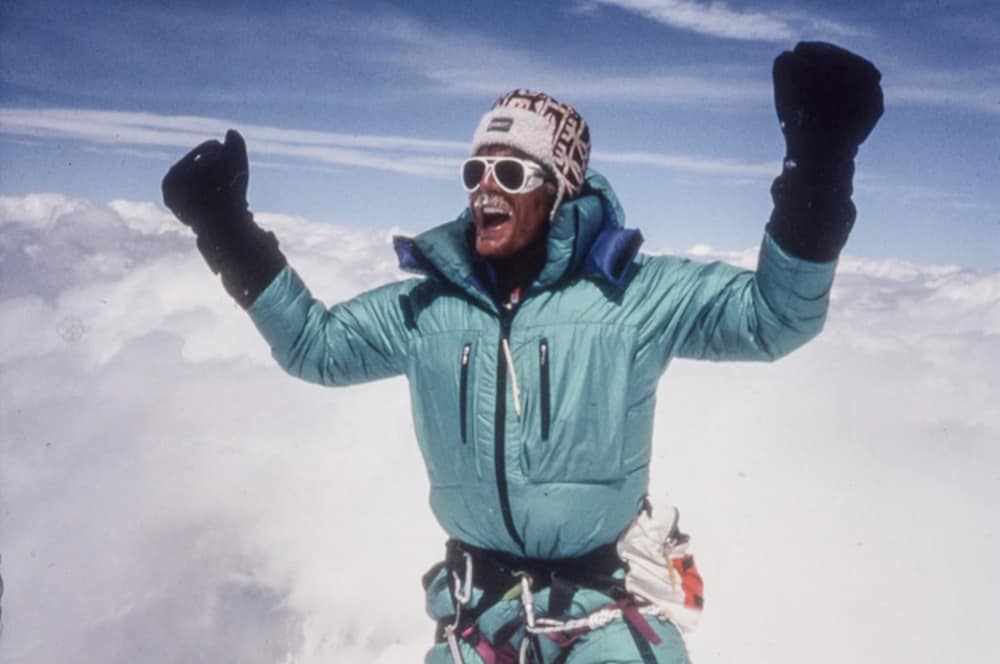
In the weeks leading up to the summit attempt, the group acclimatized by making rotations to higher camps on the mountain. The 1996 pre-monsoon season saw an unusually high number of climbers on Everest, contributing to bottlenecks and delays. Fischer’s base camp was lively, housing a “merry band of climbing Sherpas” and clients who had come from various backgrounds.
The Summit Push
Shortly after midnight on May 10, Fischer’s team began their final push to the summit from Camp IV at the South Col, which sits at approximately 26,000 feet (7,925 meters). The team was led by Fischer, accompanied by two highly experienced and respected guides, Neal Beidleman and Anatoli Boukreev.
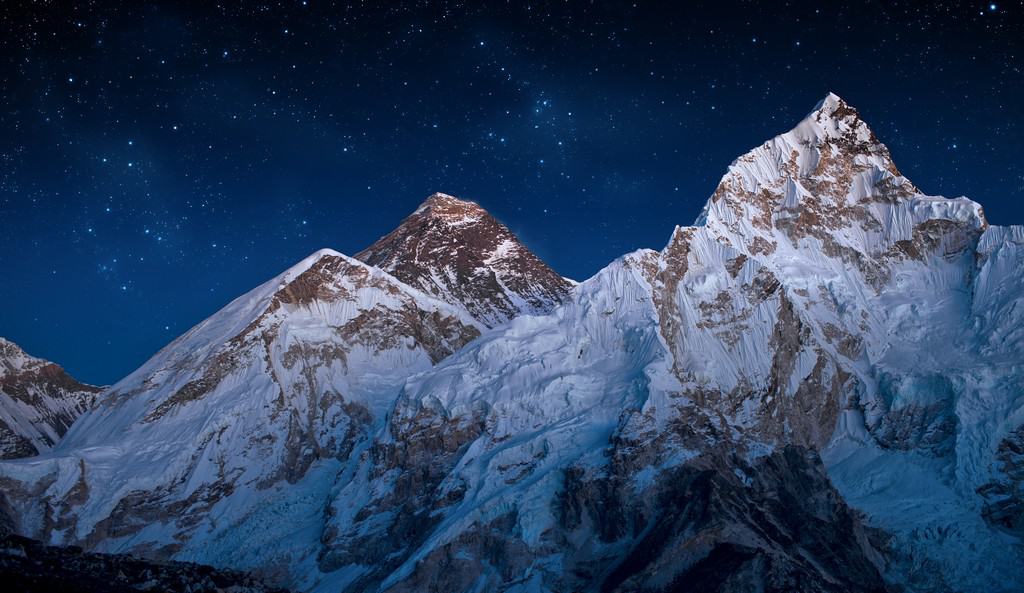
The plan was for Fischer’s team and another commercial expedition, Rob Hall’s Adventure Consultants, to summit on the same day to avoid the congestion seen in previous days. However, there were delays in setting out and they ascended at a slower than anticipated pace due to miscommunications and traffic jams along the route. The end result was that climbers were reaching the summit later than the advised turnaround time of 2 p.m.
Fischer did not reach the top of Everest, located at 29,029 feet (8,848 meters), until 3:45 p.m. And when he did, he was tired and sick. He stayed on the summit for 15 to 20 minutes.
The Descent and Storm
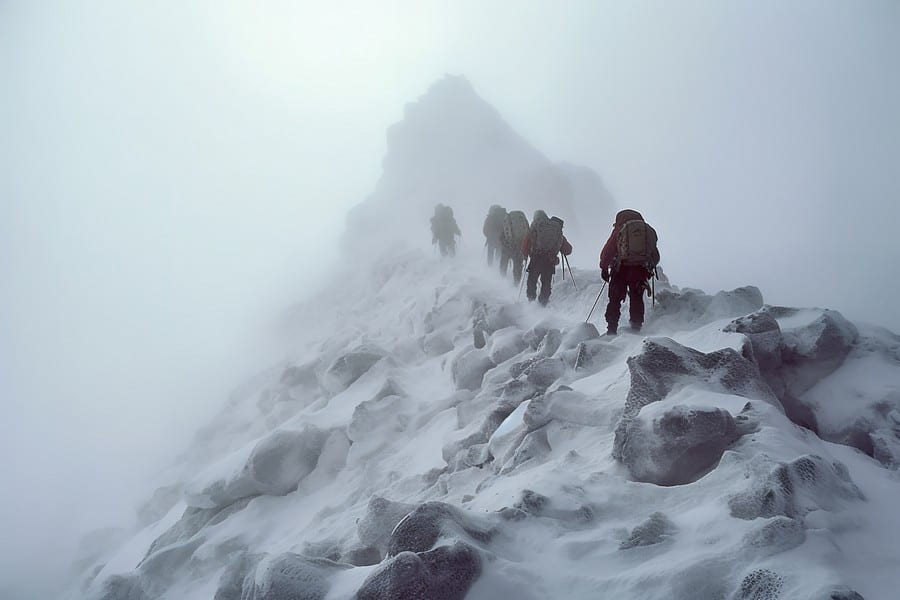
The summit bid started under clear skies, but conditions worsened as Fischer’s team climbed late into the afternoon. On the descent, a brutal storm enveloped the mountain, bringing reduced visibility, lower temperatures, and increasing wind speeds.
Fischer was noticeably exhausted, likely a combination of overexertion, altitude sickness, and the onset of hypothermia. His condition deteriorated rapidly, and by evening, he was struggling significantly. Lopsang Jangbu, the team’s head Sherpa, attempted to assist Fischer down, but Fischer collapsed and was no longer able to walk.
Lopsang was prepared to hunker down and spend the night with Fischer in infamous death zone—the altitude above 26,000 feet (8,000 meters) where the oxygen levels are insufficient to sustain human life. But, Fischer convinced Lopsang to descend and call for help.
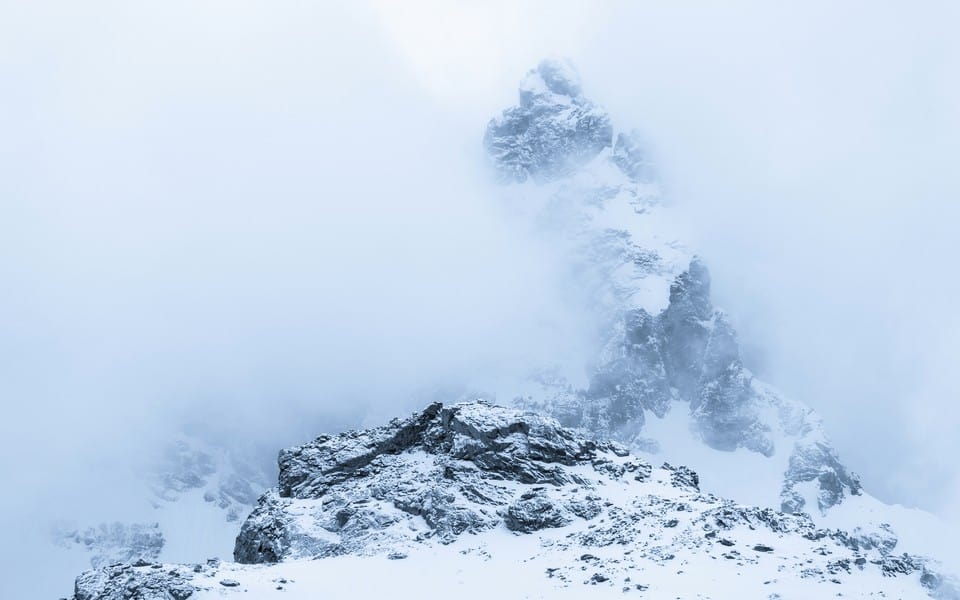
Anatoli Boukreev made several attempts to rescue climbers stranded by the storm, including an attempt to reach Fischer. When Boukreev found Fischer, it was clear that he was beyond help. Fischer was partially undressed, a sign of “paradoxical undressing” that occurs in the final stages of hypothermia, indicating that his body was shutting down.
His oxygen mask is around face, but bottle is empty. He is not wearing mittens; hands completely bare. Down suit is unzipped, pulled off his shoulder, one arm is outside clothing. There is nothing I can do. Scott is dead.
– Anatoli Boukreev
Scott Fischer died near the South Col on May 11, 1996. He was 40 years old.
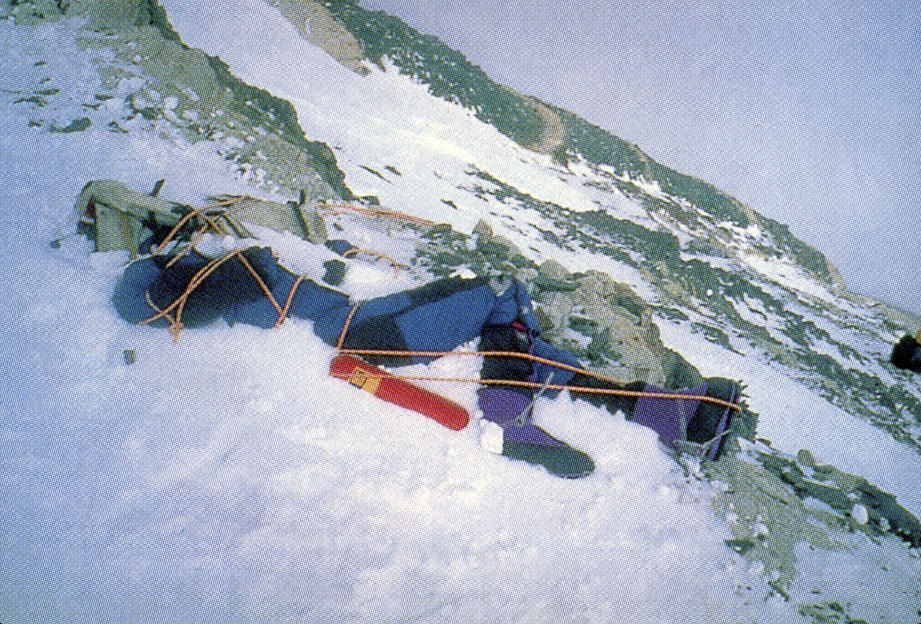
Is Scott Fischer’s Body Still on Everest?
Yes. Fischer’s body remains on Everest. But before Boukreev left Fischer to focus on saving other climbers who were still alive, he covered his face and upper body and moved him away from the main climbing route.
Fischer once said that his greatest fear was “making a bad decision and dying in the mountains, to be perfectly honest. Not coming home from a trip, leaving my kids without a dad. That scares me.”
Best Selling Book and Hollywood Movie
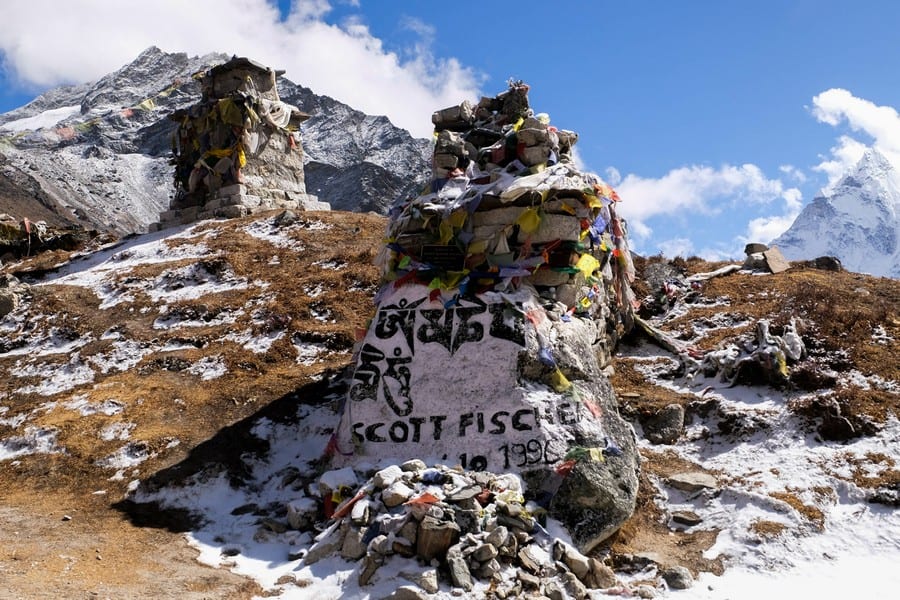
The May 1996 Everest tragedy marked the deadliest day in the mountain’s history.
Out of a total of 33 individuals who were on four separate expeditions, 8 climbers died, including Fischer and Rob Hall. The tragedy highlighted the dangers of commercial expeditions on Everest, the risks of high-altitude climbing, and the harsh realities of the mountain environment. The incident also stirred controversy over the ethics of guiding less experienced climbers for profit.
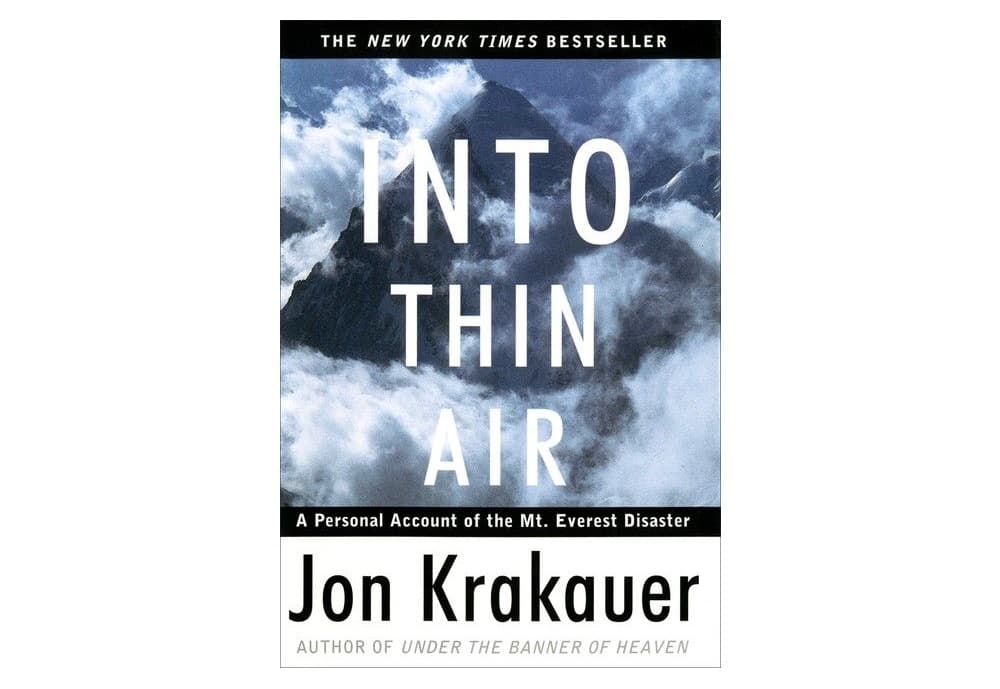
Jon Krakauer, a journalist and mountaineer who was part of the ill-fated expedition, wrote about the events in his 1997 book “Into Thin Air.” The book quickly became a bestseller and has been praised for its gripping, detailed firsthand account.
In 2015, there was a movie made about the 1996 Everest disaster titled “Everest.” The film is directed by Baltasar Kormákur and stars Jake Gyllenhaal as Scott Fischer and Jason Clarke as Rob Hall.
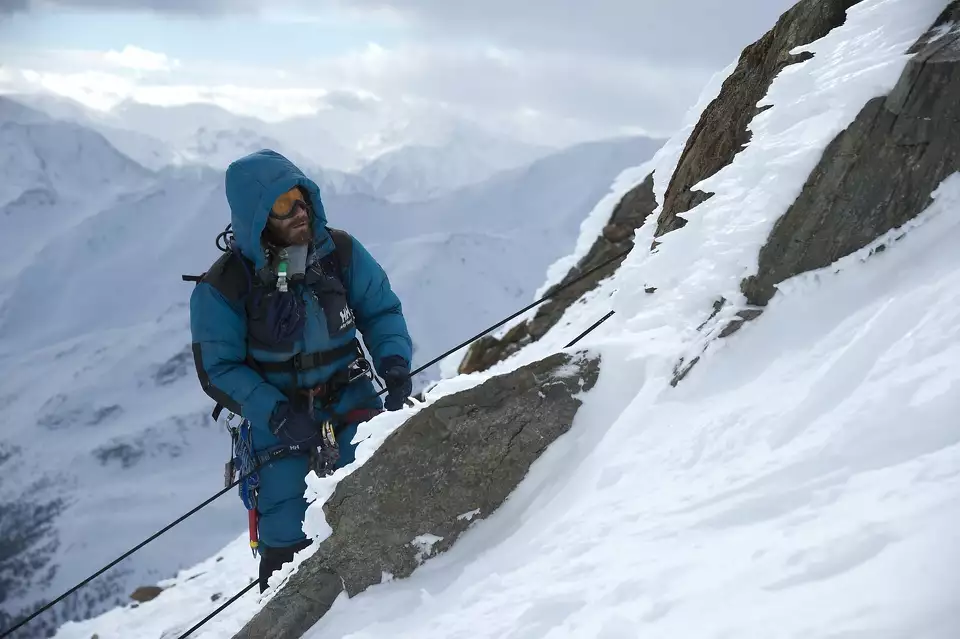
Fischer’s death was a huge loss to the climbing community. He will be remembered for his contributions to mountaineering and his spirited approach to life and climbing. His legacy lives on through his company.
May he rest in peace.



















































